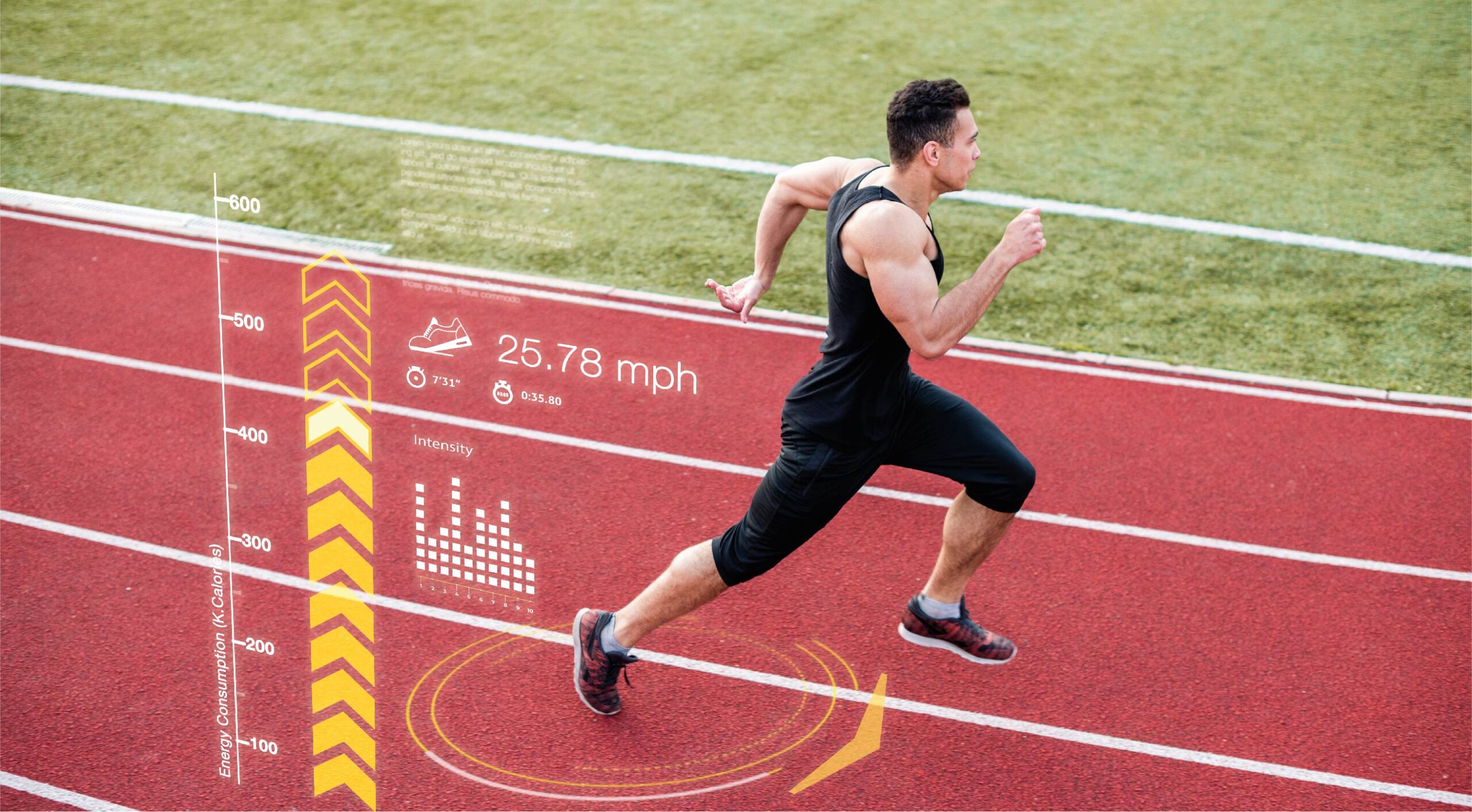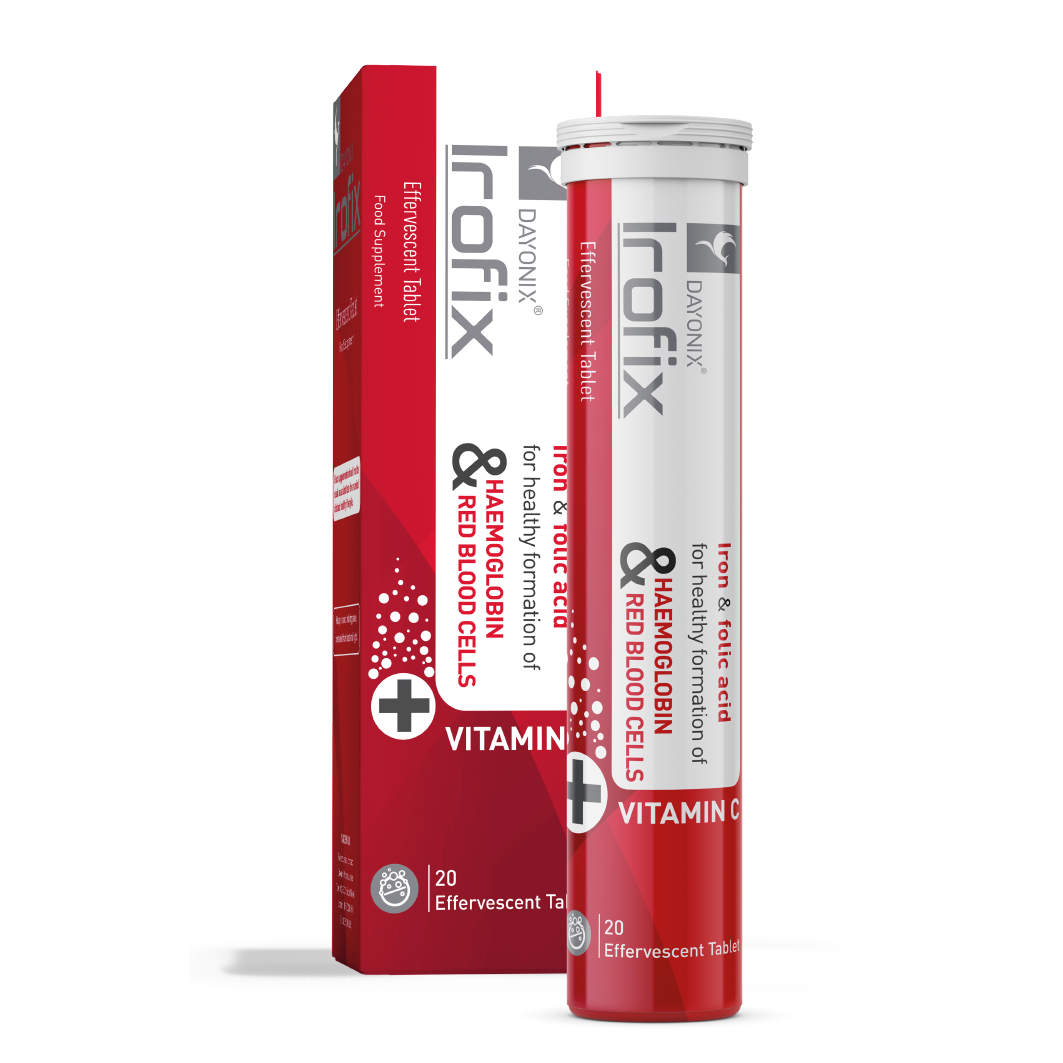
Iron Deficiency in Athletes: Causes, Prevention, and Treatment with Microencapsulated Iron Supplements
March 1, 2025In the world of athletes, where peak performance is the ultimate goal, maintaining optimal health is a top priority. Iron deficiency can significantly impact an athlete’s well-being and performance, making it crucial to understand why athletes are at risk, how to prevent it, and effective treatment options. This article explores the unique challenges athletes face, emphasizing the potential benefits of microencapsulated iron supplements and addressing causes like hepcidin and inflammation.
Why Athletes are at Risk of Iron Deficiency?
Athletes often find themselves at an increased risk of iron deficiency due to several factors:
- Increased Iron Demand: Intense physical activity leads to higher iron demands as it plays a vital role in transporting oxygen to muscles during exercise.
- Iron Loss through Sweat and Urine: Athletes lose iron through sweat and urine during rigorous training, further exacerbating the need for increased iron intake.
- Foot Strike Hemolysis: Repetitive foot impact in activities like running can cause hemolysis, leading to the breakdown of red blood cells and iron loss.
- Gastrointestinal Bleeding: Some endurance athletes may experience gastrointestinal bleeding, contributing to iron depletion.
- Inflammation: Chronic inflammation, often associated with intense training, can disrupt iron homeostasis, contributing to functional iron deficiency.
- Hepcidin Regulation: Hepcidin, a key regulator of iron homeostasis, can be elevated in response to inflammation, inhibiting iron absorption and utilization.
How to Prevent Iron Deficiency in Athletes?

- Balanced Diet: Ensure a well-rounded diet rich in iron-containing foods, including lean meats, beans, nuts, and fortified cereals.
- Supplementation: Consider supplementation, especially when dietary iron intake may not meet the heightened demands of training.
- Regular Monitoring: Regularly monitor iron levels through blood tests to catch deficiencies early and adjust strategies accordingly.
Effective Treatment Strategies for Athletes
- Oral Iron Supplements: Traditional oral iron supplements can be effective, but adherence can be challenging due to side effects.
- Microencapsulated Iron Supplements: Microencapsulated iron supplements offer a promising alternative, providing controlled release, reduced side effects, and improved tolerability. This innovation aligns with the unique needs of athletes.
Read more at Microencapsulated Iron: The Best Iron Supplement for Athletes’ Performance and Gut Health
- Intravenous Iron Infusions: In severe cases, intravenous iron infusions may be recommended for rapid replenishment.
Microencapsulated Iron Supplements: A Game-Changing Option:
Microencapsulated iron supplements employ advanced technology, encapsulating iron for controlled release and enhanced bioavailability. Athletes benefit from reduced gastrointestinal side effects, promoting better adherence to supplementation plans. This innovation addresses the challenges associated with traditional supplementation, especially in the context of hepcidin regulation and inflammation.
Conclusion
Understanding the risk factors, preventive measures, and treatment options for iron deficiency is essential for athletes striving for peak performance. Microencapsulated iron supplements emerge as a promising choice, addressing the challenges associated with traditional supplementation and accommodating the unique aspects of athlete physiology, including hepcidin regulation and inflammation.
References:
- Smith, M. F., & Rutherford, Z. H. (2020). Iron deficiency and the female athlete: A review of the literature. International Journal of Sport Nutrition and Exercise Metabolism, 30(3), 167–176.
- Peeling, P. (2010). Exercise as a mediator of hepcidin activity in athletes. European Journal of Applied Physiology, 110(5), 877–883.

